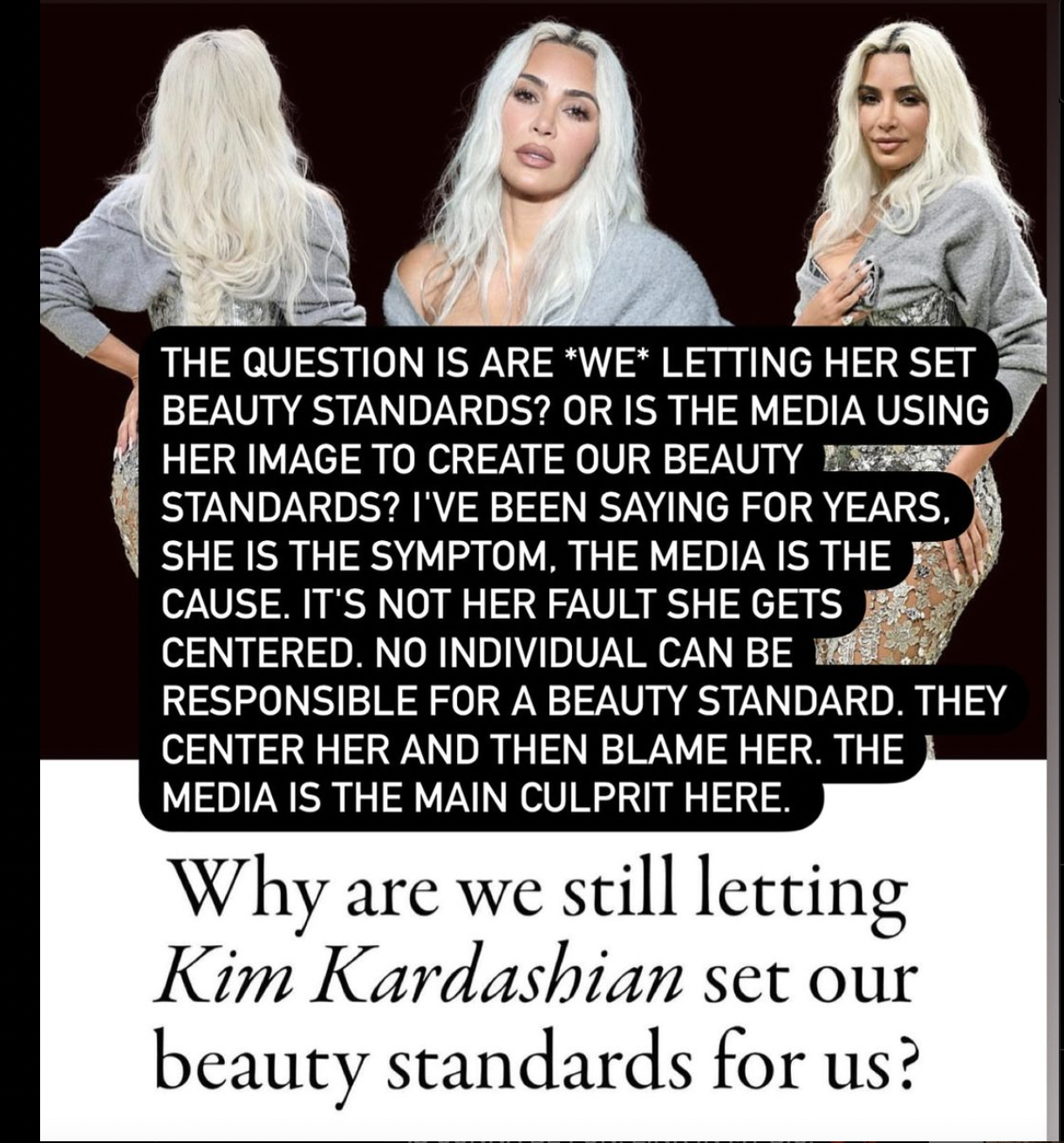Breaking the Beauty Waste Cycle: Why A Circular Economy is the New Beauty Standard
Reducing waste and empowering customers, one product at a time.
The beauty industry is now facing a moment of reckoning. Alarming levels of waste are just one of many mounting issues facing our planet. Unfortunately, this is a burden that heavily weighs on the beauty industry. That’s because 120 billion units of packaging linked to beauty products head to landfill every year. Something has got to change.
Beauty manufacturers and beauty lovers are starting to rethink their positioning and find ways to limit the level of waste coming from beauty products. It’s time to leave behind the days of mindless consumption and single-use packaging.
This is part of a broader global shift toward a circular economy model. As its name suggests, it refers to the idea of keeping things in circulation for as long as possible instead of a linear product lifecycle. The benefit is that it drives down unnecessary waste and promotes plenty of planet-friendly initiatives. Yay! Within the context of beauty, a circular economy model would mean giving products a new lease of life instead of sending mascaras, foundations, and hair products to the trash. It would mean not only rethinking the use of beauty product packaging but also the products themselves.
You might be wondering, why now? Well, knowing that up to 40 percent of beauty products go to waste should be alarming enough. What’s more, few are holding the beauty and skincare industries accountable for their sustainability credentials. At TIB, we believe that everyone -- from manufacturers and retailers to makeup artists and beauty lovers -- needs to start doing their bit. Taking a collective approach is our only option. The circular economy transformation promises not only a greener future but a more sustainable approach to self-care that can make you feel good.
Where the beauty industry has been going wrong
When you look at research that exists about the beauty and skincare industry’s environmental footprint, a lot of it talks about plastic waste.
Let’s be real, many products are difficult to recycle. Most come in a plastic container and include a plastic dispenser that isn’t designed to be separated. Some bottles have stickers on the front that need to be removed, the product residue needs to be cleaned, and all of this probably came in a box that you threw out minutes after you opened your purchase in the first place.
Not only do few people have time to clean out their empties and put them to a different use, things like mascara wands generally don’t get a second lease of life and are sent straight to the landfill. Obviously, this is very problematic. Each of America's 3,000 active landfills destroys around 600 acres of wildlife habitat. What’s more, these sites often incur leakage so nasty plastic chemicals can seep into nature, or even drinking water supplies. In fact, there’s a wealth of hazards that prove landfills are not the solution to the world’s waste issue. Period.
OK, so there are billions of empty beauty products that end up in landfill. Unfortunately, there’s an even bigger problem that no-ones really talking about.
Have you ever considered what happens to products returned by customers to shops? Or, what about items that pass their sell-by date and can’t be sold by retailers? How about things with a dinked and damaged box that isn’t aesthetically pleasing in shop displays? What about all of the in-store testers that are opened and used before being replaced?
We’ve all seen pictures of supermarket bins full of food in perfect condition that’s passed its sell-by date. How would you feel if you saw a landfill full of expensive hair products, skincare, and makeup brands in perfect condition? News flash: that’s what’s happening. When retailers send back returns, damaged products, and items past their sell-by date, most beauty product manufacturers will usually send this straight to landfills as well. This represents a highly troubling linear supply chain model, something that few beauty lovers are aware of.
Beauty lovers want something different
Enough doom and gloom. A growing number of beauty lovers want to support a sustainable industry. A rise in conscious consumerism is certainly influencing the way we shop and the brands we support. At least 68% of shoppers now look for clean beauty products that prioritize skin-friendly ingredients that are kind to the planet.
Many studies have concluded that sustainable beauty is one of the biggest industry trends in 2023 and beyond. This is beneficial for beauty and skincare brands that prioritize environmental goals. And, it’s not going unnoticed. Massive brands such as Procter & Gamble (which owns Olay, Pantene, and Head & Shoulders among others) and Unilever (which owns Dove, Rexona, and so on) are both investing in ESG initiatives alongside more environmentally-friendly goals.
There are other factors that contribute to the possibility of a beauty industry transformation. For instance, the introduction of stricter regulations on product packaging and waste management is encouraging rapid change. Global regulation against packaging, for instance, and sustainable industry initiatives are catching on. According to Packaging Insights: “Sustainable packaging is now a ‘must-have’ rather than a ‘nice-to-have’ for the beauty and personal care industry.”
Advancements in recycling technology also mean we’re constantly edging closer to the sustainable future we all dream of. Amazingly, things like blockchain technology can help brands establish more traceability within their supply chains. So, you can see where a product has come from, the makeup of the packaging and identify the best way to recycle it. Smart!
Reshaping the Beauty Industry Through Circular Economy
Obviously, the benefits of embracing a circular economy within the beauty industry are countless. And, change is on the horizon. Refillable beauty products have been around for quite some time and this trend is growing. Most brands have already launched planet-friendly products that come with recycled packaging to match. Another exciting aspect is the emerging education and conversation surrounding this issue.
But, what about reducing unnecessary waste? The kind of waste that happens because there’s an imperfection in the packaging….This is where we come in.
We, are on a mission to drive real change in the industry - for us all to look good, feel good and do good.
We’re reacting to this waste problem and coming with solutions, that benefit people, products and the planet. Because we believe the world of beauty can be a better one.
That’s why the launch of our shop is imminently on the horizon - stay tuned for more.





